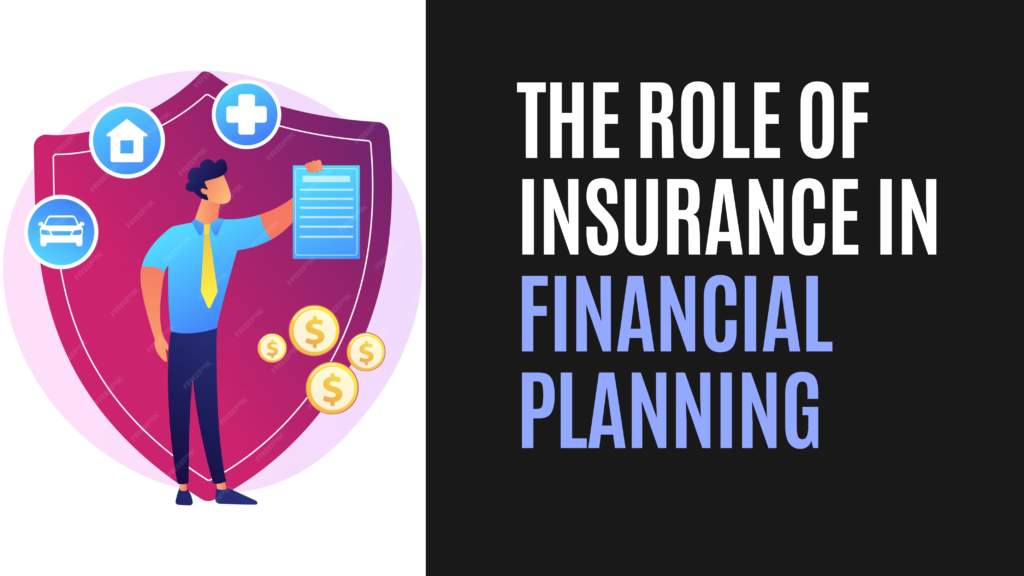Get This Report on Pacific Prime
Get This Report on Pacific Prime
Blog Article
4 Easy Facts About Pacific Prime Described
Table of ContentsPacific Prime for DummiesThe Pacific Prime DiariesFacts About Pacific Prime RevealedPacific Prime Can Be Fun For AnyoneThe Ultimate Guide To Pacific Prime

This is since the information were collected for a period of solid financial performance. Of the approximated 42 million individuals who were uninsured, almost about 420,000 (regarding 1 percent) were under 65 years old, the age at which most Americans become eligible for Medicare; 32 million were grownups in between ages 18 and 65, about 19 percent of all grownups in this age; and 10 million were youngsters under 18 years of age, about 13.9 percent of all kids (Mills, 2000).
These price quotes of the variety of persons uninsured are produced from the annual March Supplement to the Existing Populace Survey (CPS), performed by the Census Bureau. Unless otherwise kept in mind, national quotes of individuals without medical insurance and percentages of the populace with different kinds of protection are based upon the CPS, one of the most extensively used source of estimates of insurance coverage and uninsurance rates.
A Biased View of Pacific Prime

Still, the CPS is particularly helpful because it produces yearly quotes fairly swiftly, reporting the previous year's insurance coverage approximates each September, and since it is the basis for a consistent set of estimates for even more than twenty years, permitting evaluation of fads in protection over time. For these factors, in addition to the considerable usage of the CPS in various other researches of insurance coverage that exist in this report, we count on CPS price quotes, with restrictions noted.

The estimate of the variety of uninsured individuals expands when a populace's insurance coverage standing is tracked for a number of years. Over a three-year duration beginning early in 1993, 72 million individuals, 29 percent of the U.S. https://www.anyflip.com/homepage/fcter#About. populace, were without protection for at least one month. Within a single year (1994 ), 53 million individuals experienced at the very least a month without coverage (Bennefield, 1998a)
6 out of every 10 uninsured adults are themselves used. Working does enhance the possibility that one and one's household members will certainly have insurance coverage, it is not a guarantee. Even participants of households with two full time breadwinner have nearly a one-in-ten opportunity of being uninsured (9.1 percent without insurance rate) (Hoffman and Pohl, 2000).
A Biased View of Pacific Prime
New immigrants represent a substantial percentage of individuals without medical insurance. One evaluation has associated a substantial portion of the current development in the size of the united state uninsured population to immigrants who showed up in the nation in between 1994 and 1998 (Camarota and Edwards, 2000). Recent immigrants (those who involved the United States within the past 4 years) do have a high rate of being without insurance (46 percent), but they and their kids make up simply 6 percent of those without insurance coverage across the country (Holahan et al., 2001).
The connection in between health insurance coverage and access to care is well developed, as documented later in this chapter. The relationship between health insurance and health and wellness end results is neither direct nor simple, a substantial medical and health and wellness solutions study literature web links wellness insurance coverage to better access to care, much better quality, and enhanced individual and population health and wellness status.
Degrees of evaluation for checking out the effects of uninsurance. This discussion of medical insurance coverage focuses primarily on the U.S. populace under age 65 due to the fact that virtually all Americans 65 and older have Medicare or various other public insurance coverage. It focuses specifically on those without any type of health insurance policy for any type of size of time.
All about Pacific Prime
The problems faced by the underinsured are in some aspects comparable to those encountered by the uninsured, although they are normally much less extreme. international travel insurance. Uninsurance and underinsurance, nevertheless, entail definitely different policy issues, and the methods for resolving them might differ. Throughout this study and the 5 reports to follow, the primary emphasis is on individuals with no medical insurance original site and thus no support in spending for health care past what is available through charity and safeguard institutions
Medical insurance is an effective aspect impacting receipt of treatment since both clients and physicians react to the out-of-pocket rate of services - https://triberr.com/pacificpr1me. Medical insurance, nonetheless, is neither essential neither enough to obtain accessibility to medical services. Nonetheless, the independent and straight result of wellness insurance coverage on accessibility to wellness solutions is well established.
Others will certainly get the healthcare they need also without health and wellness insurance, by paying for it expense or seeking it from providers that provide treatment free or at very subsidized prices. For still others, medical insurance alone does not make certain invoice of care since of various other nonfinancial barriers, such as a lack of healthcare service providers in their community, restricted accessibility to transport, illiteracy, or linguistic and social distinctions.
Excitement About Pacific Prime
Formal research about without insurance populations in the United States dates to the late 1920s and early 1930s when the Board on the Cost of Treatment generated a collection of reports concerning financing physician workplace brows through and hospitalizations. This problem ended up being prominent as the numbers of medically indigent climbed during the Great Clinical depression.
Report this page